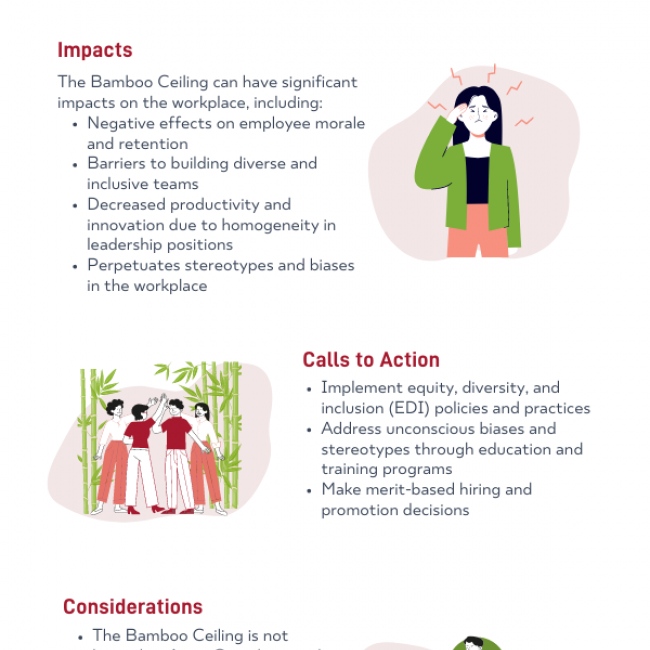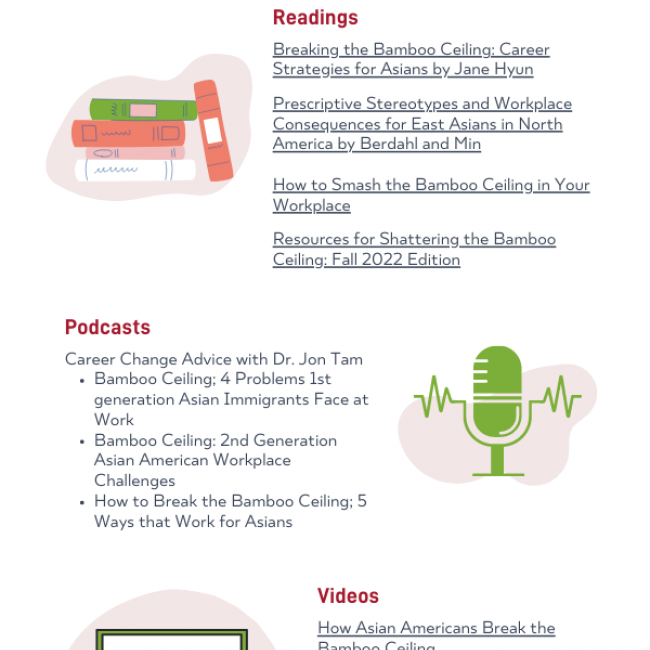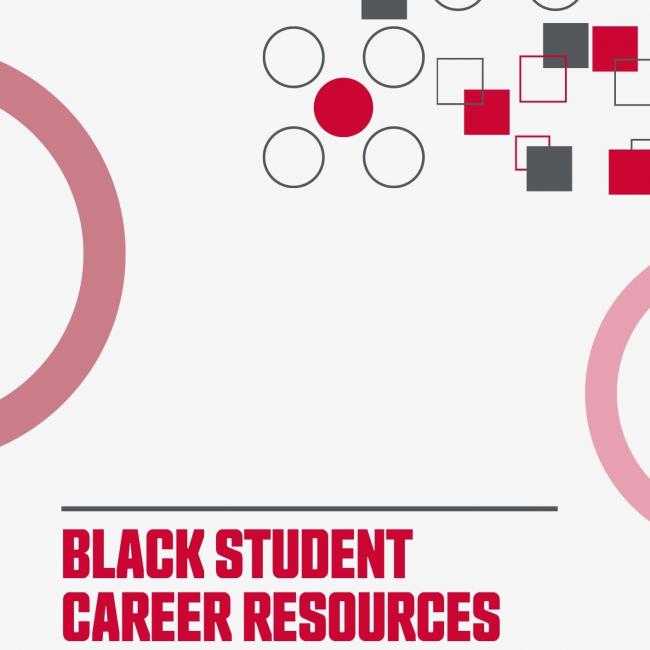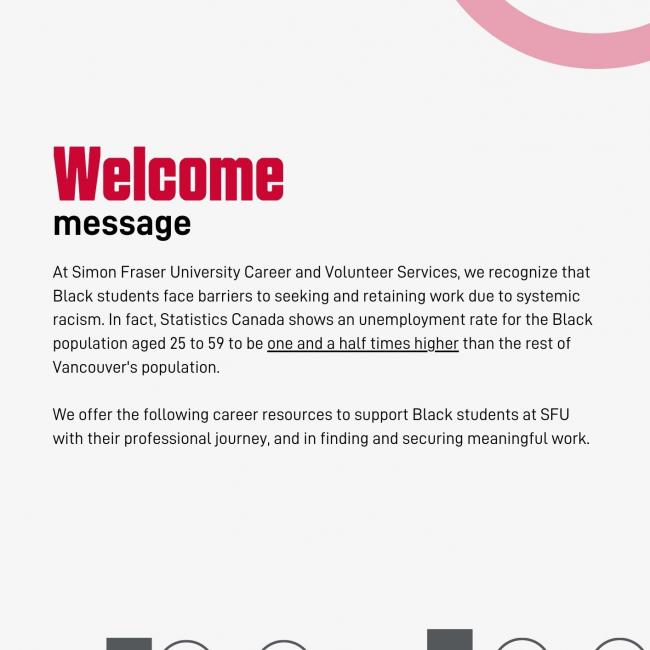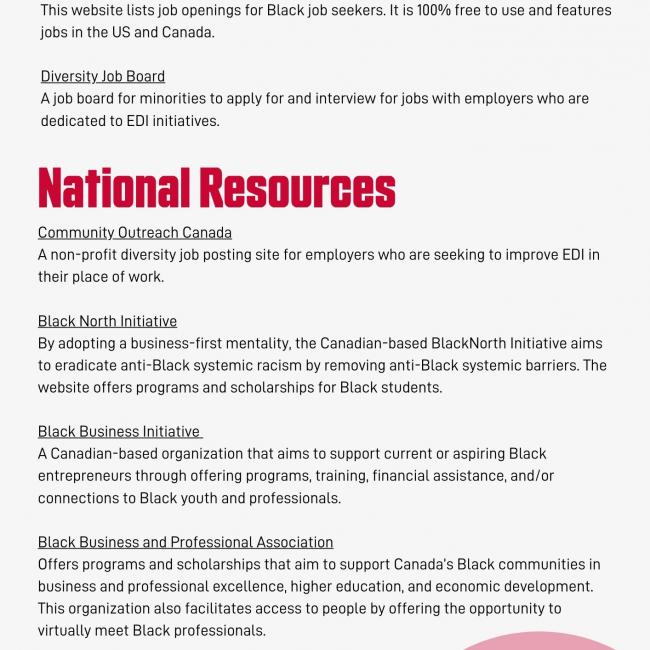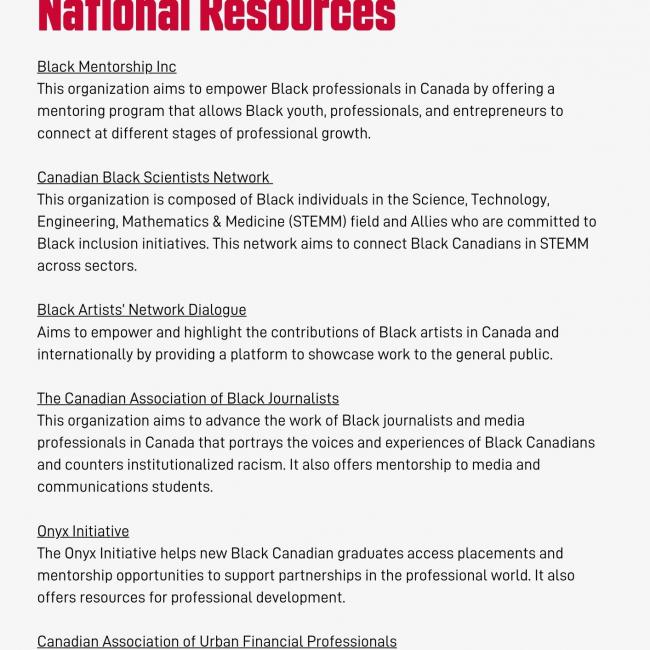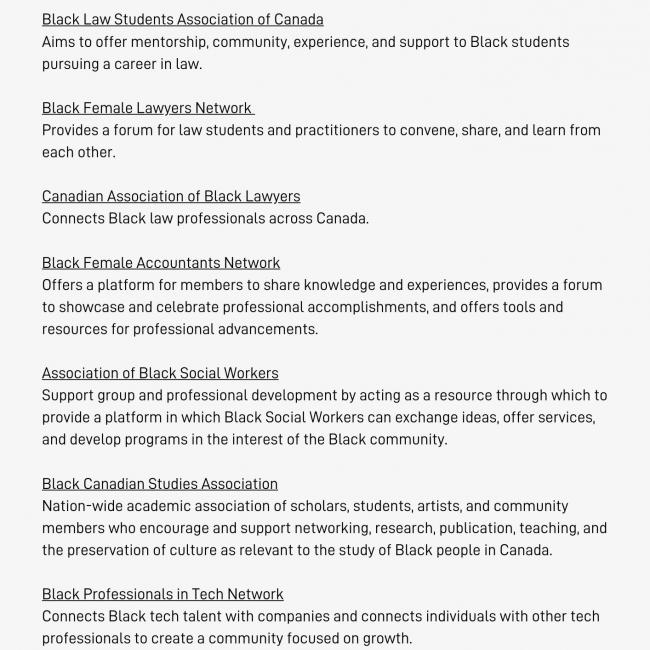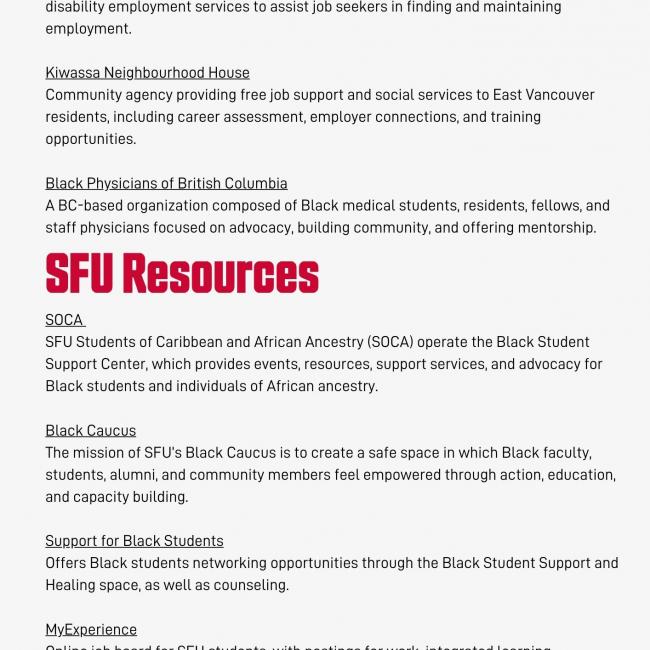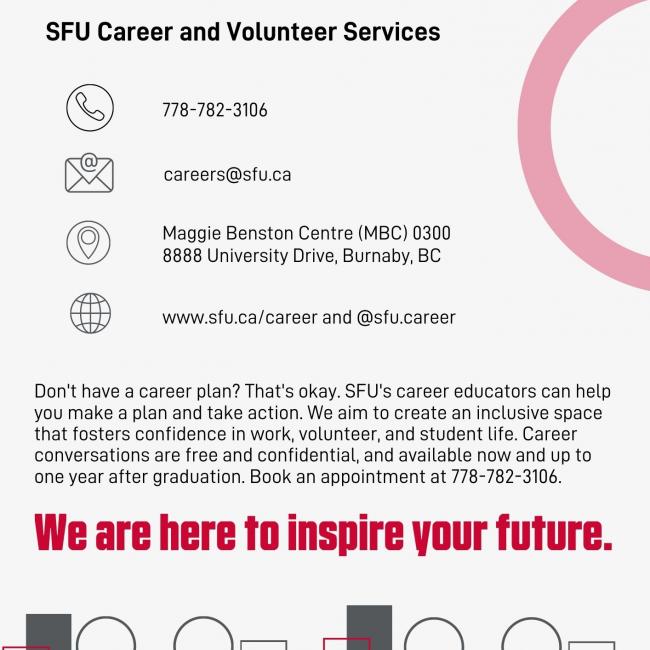
Inclusion and accommodation are essential components of a healthy and productive workplace. These factors can significantly impact employees’ ability to succeed in their careers. However, achieving an inclusive and accommodating workplace requires the collective efforts of both employers and employees. In this blog post, we will discuss the responsibilities of both parties and explore strategies for creating an inclusive and accommodating workplace.
Employers have a legal obligation to provide reasonable accommodations for individuals with disabilities. This obligation is set out in both the Canadian Human Rights Act and the British Columbia Human Rights Code, which prohibit discrimination on a number of grounds, including disability. Reasonable accommodations may include modifications to physical spaces, assistive technology, flexible scheduling, or other adjustments that facilitate employees in carrying out their job responsibilities.
Accommodations can increase productivity, improve employee retention, and enhance the overall work environment. Employers who prioritize accommodations can attract and retain a diverse workforce, which can lead to increased creativity and innovation. Employers can take various steps to create a more accommodating workplace. Some possible strategies include:
- Develop an accommodation policy: Employers should have a clear and accessible policy outlining their commitment to accommodating employees with disabilities.
- Train staff on disability inclusion: Employers should train all staff to help them better understand disability, accommodation, and the benefits of inclusion.
- Conduct accessibility audits: Employers should regularly review their facilities and systems to ensure they are accessible and accommodating to employees with disabilities.
- Providing assistive technology: Employers are required to provide assistive technology such as screen readers, speech recognition software, or ergonomic keyboards; this enables employees to perform tasks effectively and independently.
- Modifying physical spaces: Employers are also required to modify physical spaces to make them more accessible to individuals with disabilities. This may include installing wheelchair ramps, widening doorways, or adding braille signage.
- Offering flexible scheduling: Employers must provide flexible scheduling options, such as remote work or adjusted work hours, to accommodate employees with disabilities who require such arrangements. However, if flexible scheduling interferes with the employee's ability to perform tasks effectively, this approach may not be suitable.
Where this would be a disability accommodation, employers are required to provide this up to a point of hardship. They can additionally provide this for all employees, however. It would be helpful to clarify who is receiving this equipment.
Similar to above, there are some cases where an employer actually is required to modify a physical space, so “can” might not be the right word here
If your workplace has a union, your union representative can often be a great resource for accommodations. They can provide guidance and support in navigating the accommodation process. Additionally, it's important to stay informed about relevant legislation. One such piece of legislation is the new Accessible BC Act, which, while currently only applicable to certain public sector organizations, is likely to be expanded at some point. Familiarizing yourself with this Act can help both employers and employees understand their rights and responsibilities regarding accommodations.
While employers have a legal obligation to provide accommodations, employees are also responsible for self-advocating and communicating their needs. This can include stating the need for accommodations, providing medical documentation, and meeting with Human Resources (HR) representatives.
Employees can take the following steps:
- Know your rights: Employees should know their rights under the law and their employer's accommodation policy.
- Identify your needs: Employees should have a clear understanding of their own needs and how they can best be accommodated.
- Communicate effectively: Employees should be prepared to communicate their needs clearly and effectively to their employer, using specific examples and providing any necessary documentation.
- Practice self-advocacy: Employees should practice asking for accommodations by role-playing scenarios with a trusted colleague or friend, refining their communication skills, and gaining confidence in expressing their needs.
Navigating accommodations in the workplace is a shared responsibility, as every employer is different and may have varying levels of understanding and accommodation policies in place. It is the employer's responsibility to establish an inclusive and accommodating work environment, while employees have the duty to communicate their needs. By working together, employers and employees can create a workplace that is inclusive and accommodating for all.
Remember that you have the right to request accommodations and that employers have a legal obligation to provide them. If you encounter any difficulties in this regard, you can reach out to the BC Human Rights Tribunal for support.
















